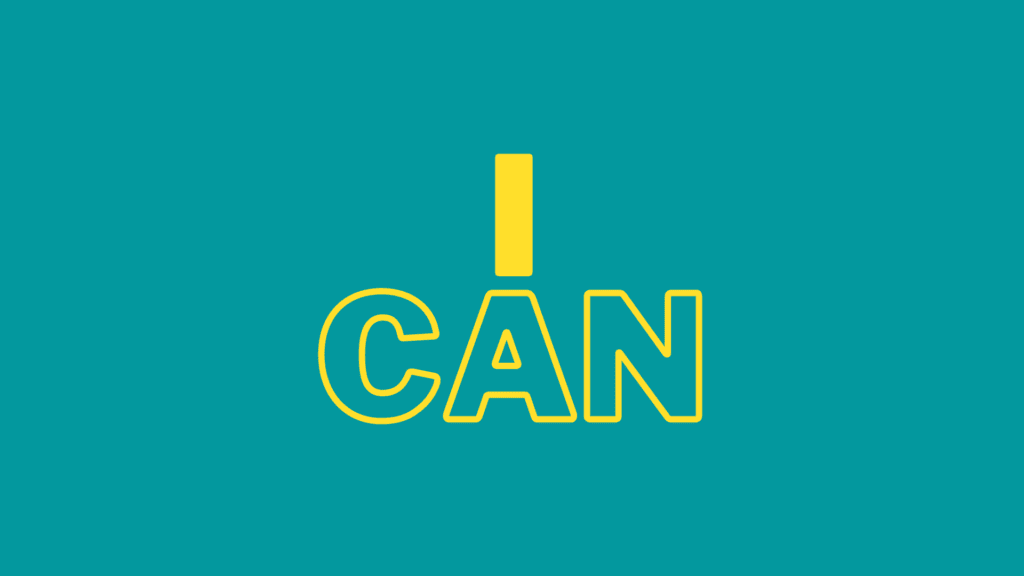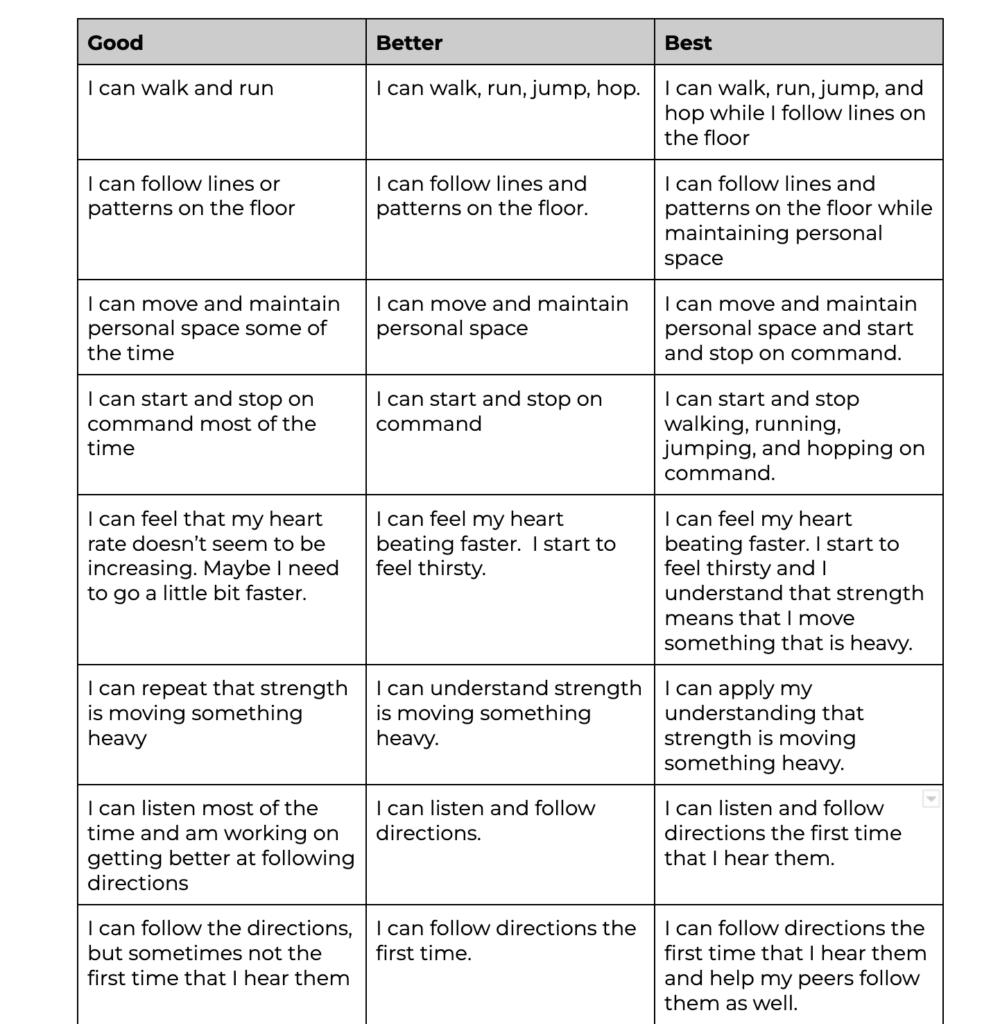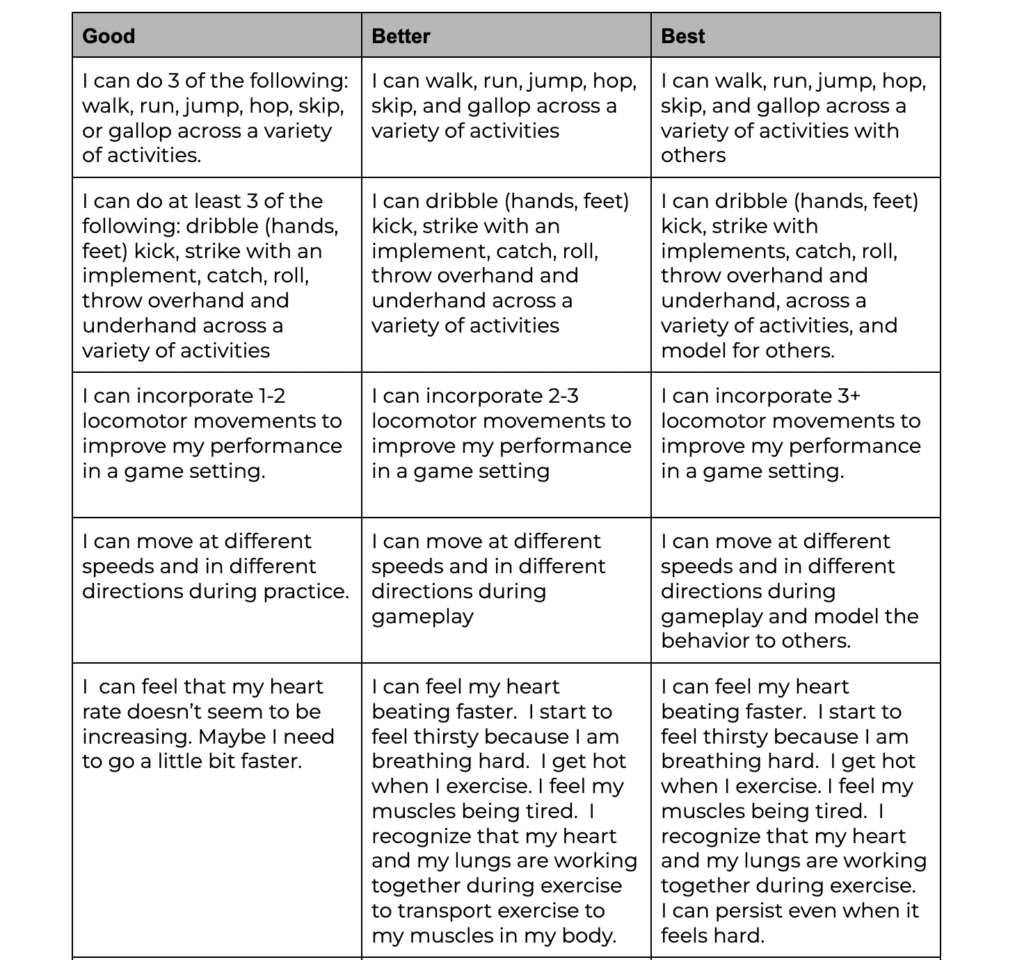I Can……
I can statements have been used in education, mainly elementary, for many years. The statements correspond to what the students are learning in class and are often a way to take standards and learning objectives and translate them into student-friendly language.

I can statements help students take responsibility for their learning and growth and can be used as a form of assessment.
Here are a few examples: If they’re learning to dribble a basketball, the I can statement would be, I can dribble a basketball. It could also become more complex; I can dribble a basketball between my legs, or I can dribble a basketball while running.
Since I haven’t spent much time teaching elementary and I can statements became more in vogue after I left the classroom, they weren’t something I spent much time thinking about.
Four months ago, as my husband was planning our next vacation, he asked what my thoughts were on completing a 20-mile hike in one day. Without taking a breath, my response was no; I can’t do that.
A few days passed, and as I reflected on my response, I thought that I should change it to, I can’t do that now, but I can get stronger. This switch in thinking was also prompted by the fact that my husband has been working on renovating our kitchen, something he often thinks that he can’t do, followed by me telling him to switch his mindset. I realized that it was now my turn.
I spent the next few months working out more and focusing on strengthening my legs and knees; however, I was still a bit nervous and unsure about my ability to complete the 20-mile hike; I may have broken down a few days before saying once again, I can’t. While my husband presented a few other options, he assured me that he knew that I could.
At 5:45 am, a fanny pack filled with meal replacement bars and peanuts, along with spare contacts, because suddenly the fear of what would happen if my contacts fell out and I had to do a 20-mile hike without being able to see popped into my head, and headlamp, my feet hit the ground, and we were off to the races.
The trail starts smoothly, giving you confidence; it then introduces you to some boulders that seem like a fun place to play.
However, both the trial and my mindset quickly changed. The boulders remain and move into a steep incline that seems to go on and on ( it’s a mile). About halfway up, I felt well out of my comfort zone. I wanted to quit.
Over and over and over, I said, you CAN do this. I CAN do this.
You can keep taking another step and another step and another step. And so I did, until 20 miles later I arrived at the end.
At that moment, I understood the power of teaching students I can statements.
I can statements may seem frivolous or even a bit annoying if they’re aligned with something that you already know that you can do. I don’t often tell myself that I can drink a glass of wine, or I can tell every animal that I love them. Those things come naturally to me. The power comes when you hit the challenging moments when your first thought is that this is too hard. I can’t. And, it’s the same for our students. We’re not writing or asking them to write I can statements about things they already know they can do; we’re asking them to believe that they can do the next hard thing and then the next and the next.
What do you want to do that feels slightly out of reach? What I can’t statements, do you need to shift to small and buildable I can statements?
What hard things are you asking your students to try? How can you help them switch I can’t, into actionable I can statements?
When shifting from I can too, I can’t; it’s essential to keep the leap small.
For example, I wasn’t telling myself repeatedly that I could complete the 20-mile hike. That seemed daunting. Instead, I told myself, I can do this next section. Once that section is finished, then I can do the next section. If a student says, I can’t draw, switching to I can draw, is a giant leap, but they can switch to;
- I can draw a line.
- I can draw a shape.
- I can draw a leaf.
- I can draw a plant.
Writing incremental I can statements allows students to use the I can statements to set goals and grow as they go.
If you’re looking for a few more examples, I created a few rubrics that go with The Oddball and The Body Book. These could also be turned into checklists.
Kindergarten

4th Grade
